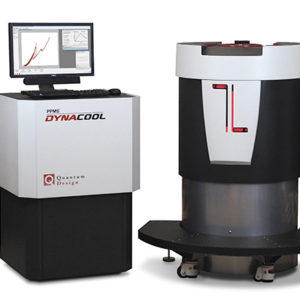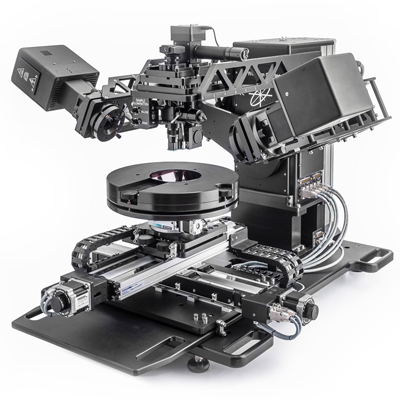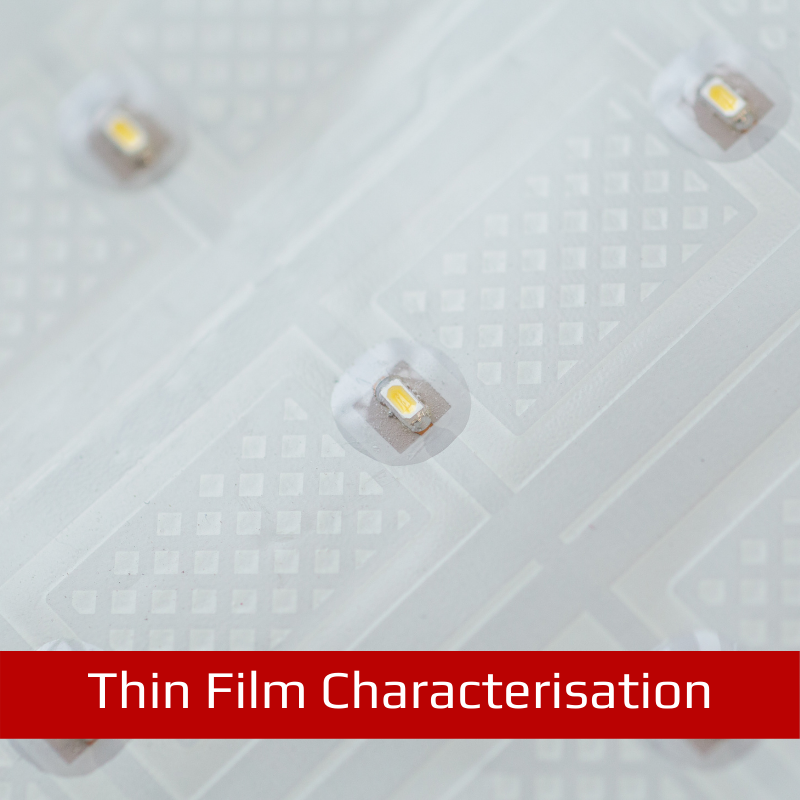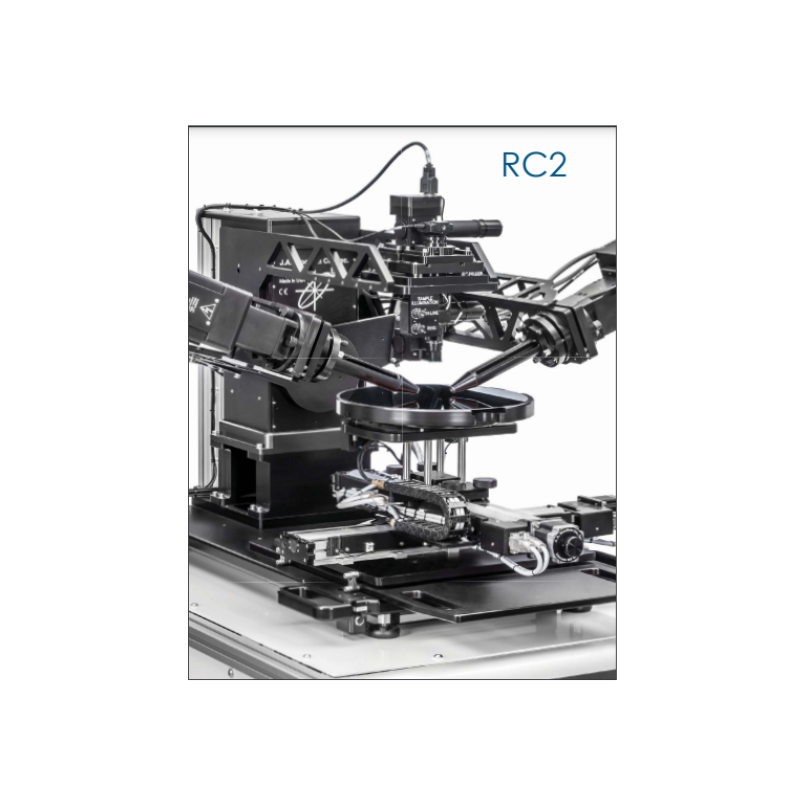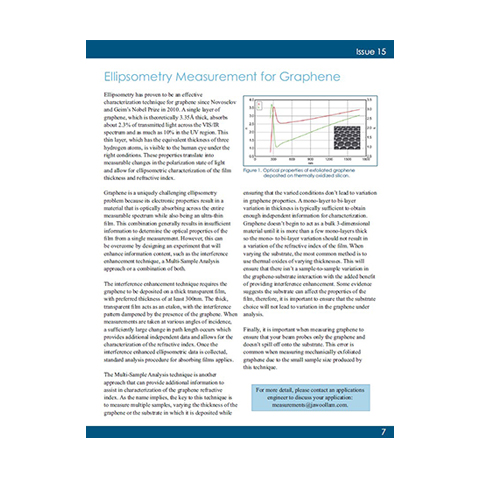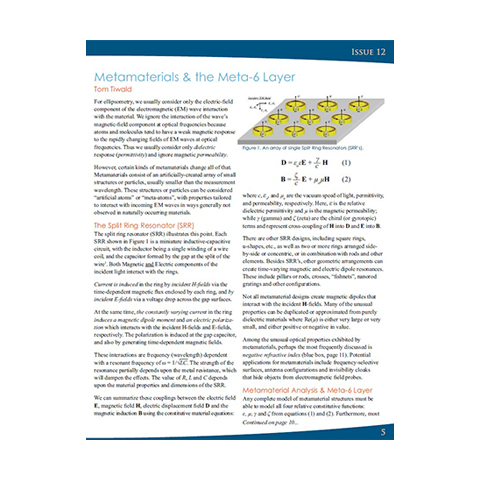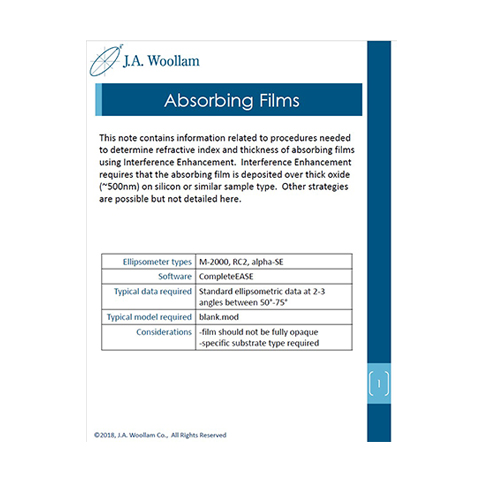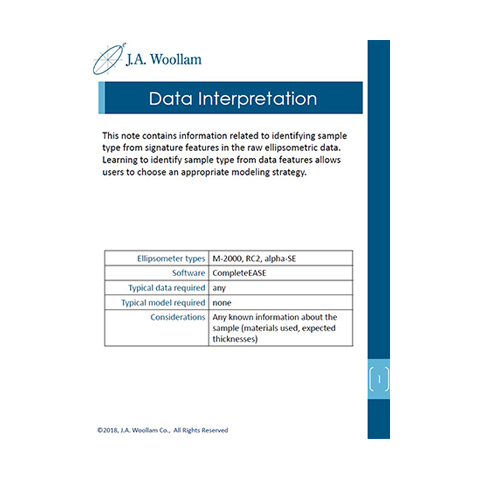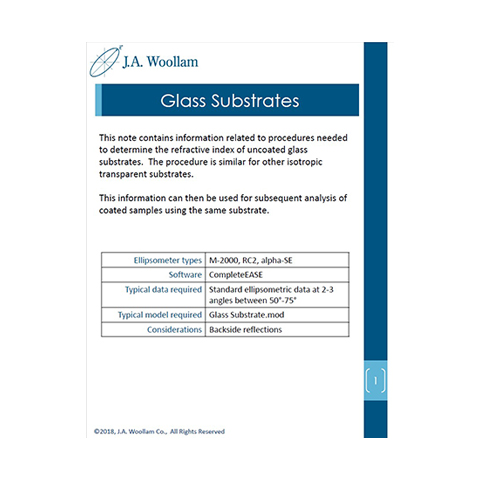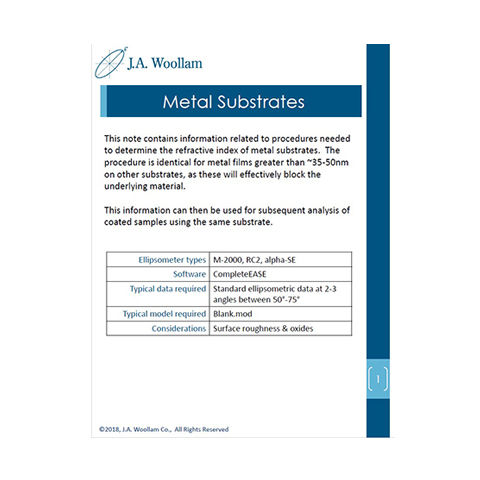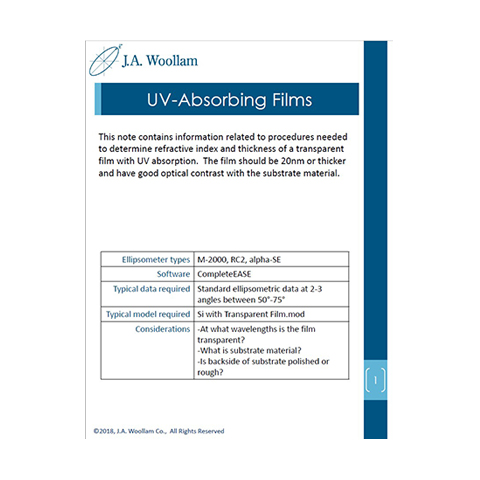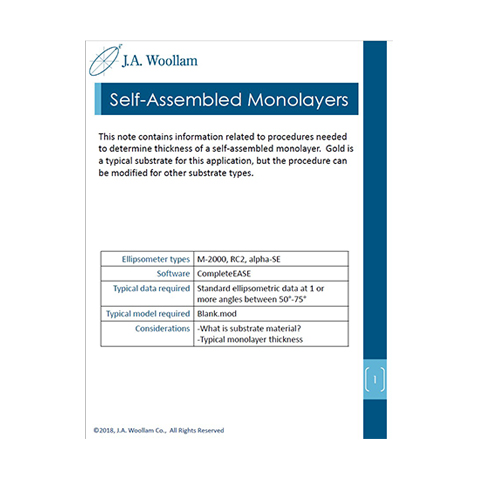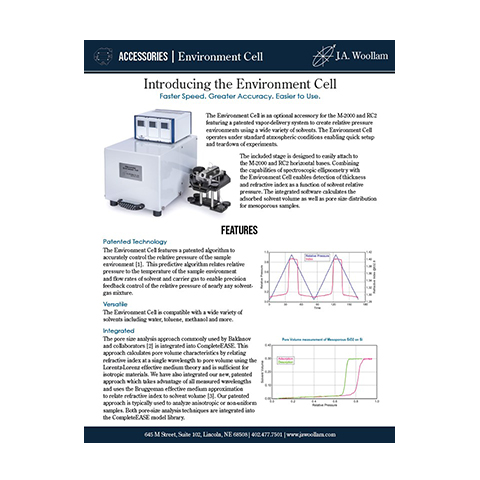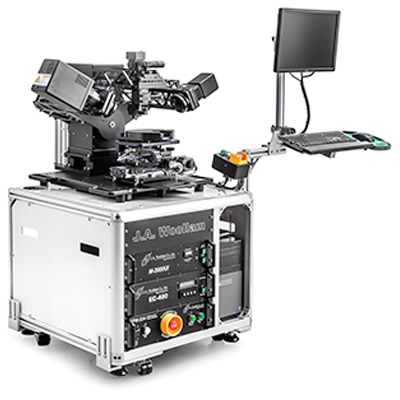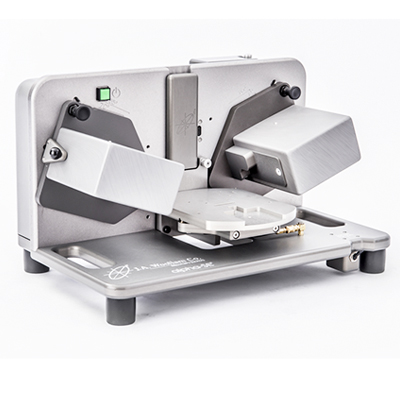- Features
- Options
- Videos
- Downloads
- Applications
- Related Products
- Contact
- Back To Spectroscopy
- Back To Optics
- Back To Hyperspectral
- Back To Cameras
- Back To X-Ray
- Back To Light Measurement
- Back To Characterisation
- Back To Electron Microscopy
- Back To Magnetometry
- Back To Ellipsometers
- Back To Cryogenics
- Back To Lake Shore
J.A. Woollam RC2 Spectroscopic Ellipsometer
Ellipsometer with dual rotating compensator technology
The RC2 design builds on 25 years of experience. It combines the best features of previous models with innovative new technology: dual rotating compensators, achromatic compensator design, advanced light source and next-generation spectrometer design. The RC2 is a near-universal solution for the diverse applications of spectroscopic ellipsometry.

The RC2 is the first commercial spectroscopic ellipsometer to collect all 16 elements of the Mueller matrix. Mueller matrix SE allows characterisation of the most advanced samples and nanostructures.
FEATURES
- BEST MEASUREMENT ACCURACY
- Advanced measurement capabilities allow the best accuracy from fast CCD-based ellipsometry
- DUAL ROTATING COMPENSATORS
- Synchronous rotation of two compensators provides high accuracy, high speed, and complete Mueller-matrix measurements
- ACHROMATIC COMPENSATOR DESIGN
- New achromatic compensator design with optimised performance over a wide spectral range. *patent pending
- WIDE SPECTRAL RANGE
- Collect over 1000 wavelengths from the ultraviolet to the near infrared, all simultaneously
- FAST MEASUREMENT SPEED
- Synchronous operation of both compensators allows highly accurate data without waiting to “zone-average” over optical elements. Collect the entire spectrum (over 1000 wavelengths) simultaneously in a fraction of a second
- ADVANCED DUAL LIGHT SOURCE
- Dual light source for extended spectral range with computer control of beam intensity. Automatically optimise signal on any sample (low or high reflection)
OPTIONS
Videos
Introduction to J.A. Woollam Co.




